Leonard Pierce | October 15, 2024
It is very easy, particularly for Americans who have a hard time remembering their own recent history, to forget how different the world looked only a few decades ago. Artist and professor Özge Samancı (Dare to Disappoint) is still young, but the Turkey she portrays in Evil Eyes Sea – a semi-autobiographical work whose shifts in tone and direction are surprisingly natural and rewarding – seems like a place of the ancient past. Little touches (like a cover band in a dive bar doing a spirited cover of Nirvana’s “Smells Like Teen Spirit”) set it in a distinct cultural moment, but the country it portrays – a pre-EU Turkey, when the authoritarian rule of Recep Tayyip Erdoğan was still years away, a Turkey before its economic turnaround, where most people are desperately poor and everyday life is marked by shortage and deprivation – seems like a thing of ancient history, a fantasy long faded despite taking place less than thirty years ago.

Evil Eyes Sea is a curious beast, all about politics and political corruption but – likely intentionally – lacking a specific political viewpoint. Erdoğan is still a shadow, and his onetime ally turned mortal enemy, Muhammed Fethullah Gülen, is barely present, the flickering light of a future not yet fully seen. It is not a book about class, but class markers are everywhere – Ece, its protagonist, is poor and from a poor family, and the possibility of money dazzles her. It is not necessarily a book about queerness, but its main queer character is fully realized when he could have been a tossed-off cliché. And it is not fully a book about patriarchy or feminism or power or religion, but all of those elements are present and distinct enough to form a whole out of what could easily have been a mess.
Ece is a struggling engineering student at a small Turkish university at a time of looming political upheaval. Bright, ambitious, talented, and loath to play by the rules, she spends what free time she has outside of classes and her nightmare of a dormitory with her best friend Meltem. The two have a strained relationship, to put it mildly. Meltem is more conventionally attractive and more socially at ease, and the two of them both value honesty, but come up against the barriers that life – especially life for people who aren’t rich – throws up against the honest.

One day, while engaging in their preferred hobby of diving in the Bosphorus, they see a car plunge into the water and sink to the bottom. Inside, drowned, is another woman from their school: Selen, who they barely knew. Unable to save her, her death begins to haunt their dreams – and soon, the reality of who she was and how she died begins to haunt their reality as well.
It's here that Evil Eyes Sea takes one of its many turns – always surprising, and always for the better. Beginning as a pleasing but slight comedy of circumstance blended with some interesting biographical and historical elements, it turns into an almost clockwork-perfect noir. When word gets out that the two were present at Selen’s death, a shadowy ex-cop with political ambitions and immersed in violent corruption named Aslan Adam hires them to dive for another item sunk in the strait. Like all noir protagonists, Ece is tempted by the possibility not just of the money Adam dangles at her, but the even greater possibility of taking him for more. And like all noir friendships, her relationship with Meltem becomes fragile as she becomes ever more blind to the deadly possibilities of what might happens if they get caught.

All of this develops in fits and starts, in a way that never seems like it will all come together, especially given how many elements Samancı throws into the story blender: domestic comedy, political history, family drama, interpersonal conflict, geography, relationship stories, even some meta-commentary on cartooning. None of it ought to work, but by the time the lovely final page rolls around, it somehow coheres, a wet-dog story in so many ways that does the unexpected by forming a coherent whole. Its shambling movements end up pointing in the same direction, its characters remain consistent and functional despite their wild differences, and it earns its ending both emotionally and thematically.
Samancı’s art, like her storytelling, creeps up on you. In the main, it’s competent but unspectacular cartooning, with characters that are just physically distinct enough to stand apart from one another and keep the story moving. But she saves her energy for the big moments: closeups that illuminate the personalities and reactions of her characters, dramatic moments where her use of color works terrifically towards setting the mood, and big, cleverly laid out splash pages that impress enough to carry the reader from one to the other. She never seems to set out to show off with fancy linework or daring artistic gambits, but she’s skilled enough with every aspect of her visual storytelling that the pages never seem to blend together. There’s always enough to keep the eyes engaged – entirely appropriate for a story where the eye features as a constant motif.

Evil Eyes Sea also excels in making moral and social observations without making them too laborious or forced. Again, for a book that starts out seeming not particularly weighty, it gathers momentum throughout simply by altering the intensity of its mood over and over again. Once the plot kicks into gear, it ratchets up its action, but never kicks into overdrive; it relies largely on mood and tone, a danger that is constantly present even when it is not realized. So, too, does it deal with the male gaze of a fundamentally patriarchal society; the two women are always being observed, stared at, assessed, threatened, and appraised by the men around them, and it is only around each other that they feel fully free and fully themselves. It deploys its references to the Medusa and the Evil Eye effectively and subtly when needed, and overtly when it fits.
It's a book that’s never quite what you expect, and its power as a narrative is not of a sudden explosion, but of a quiet storm.



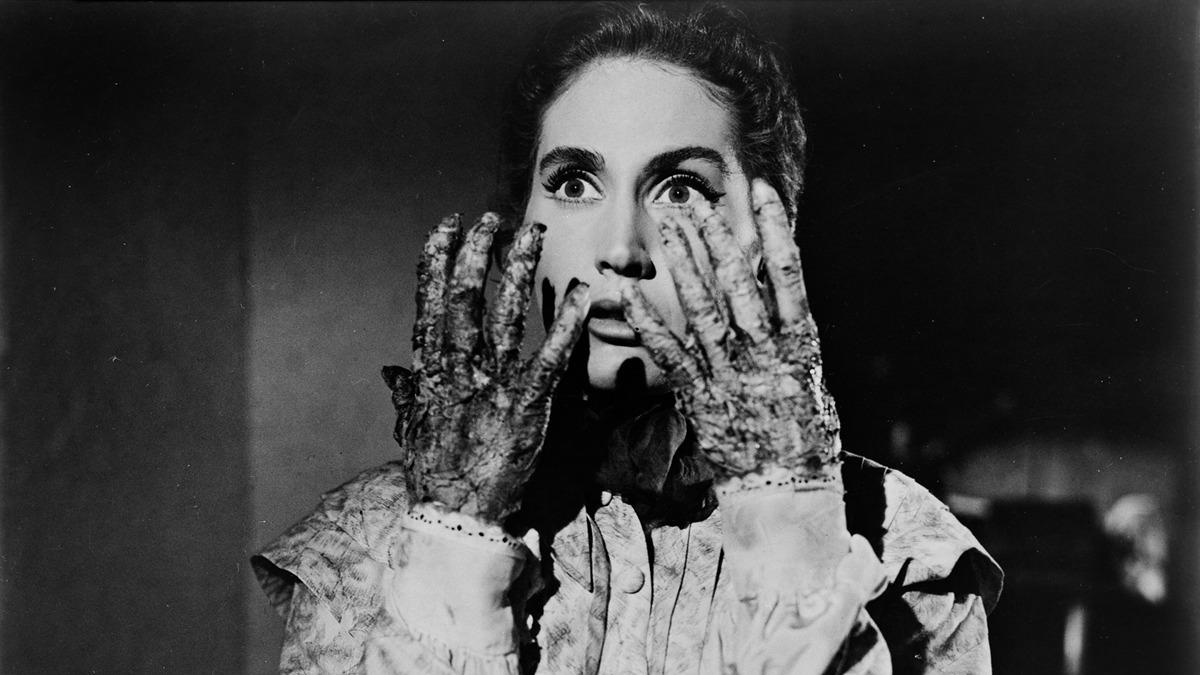
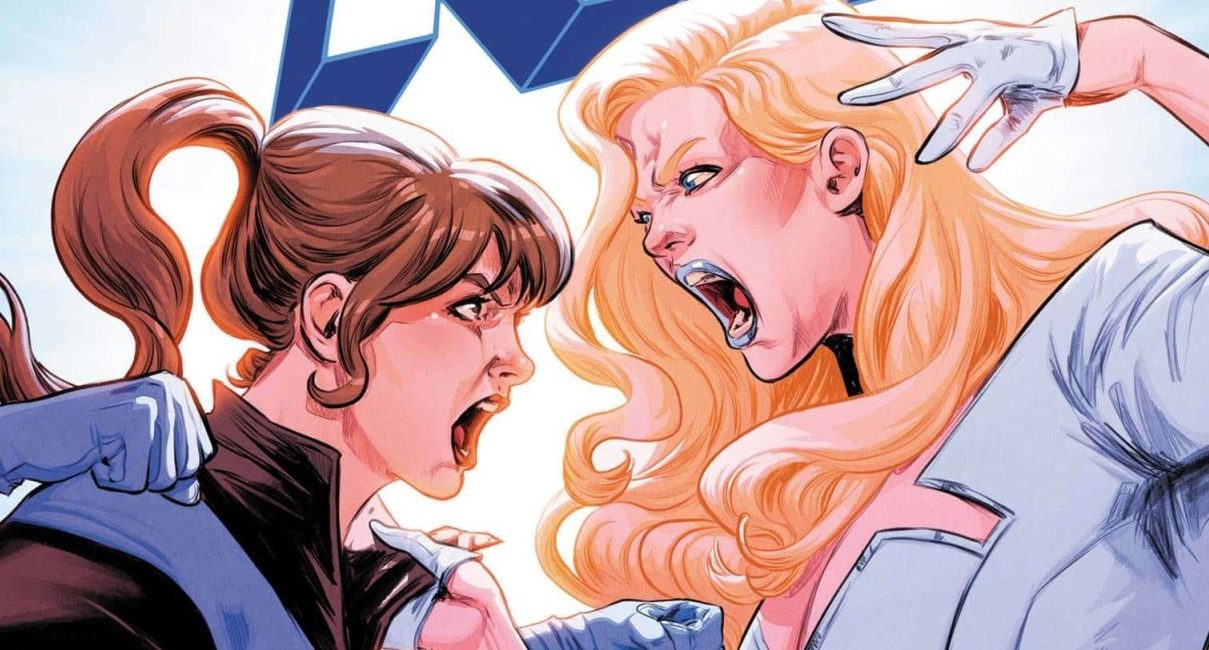
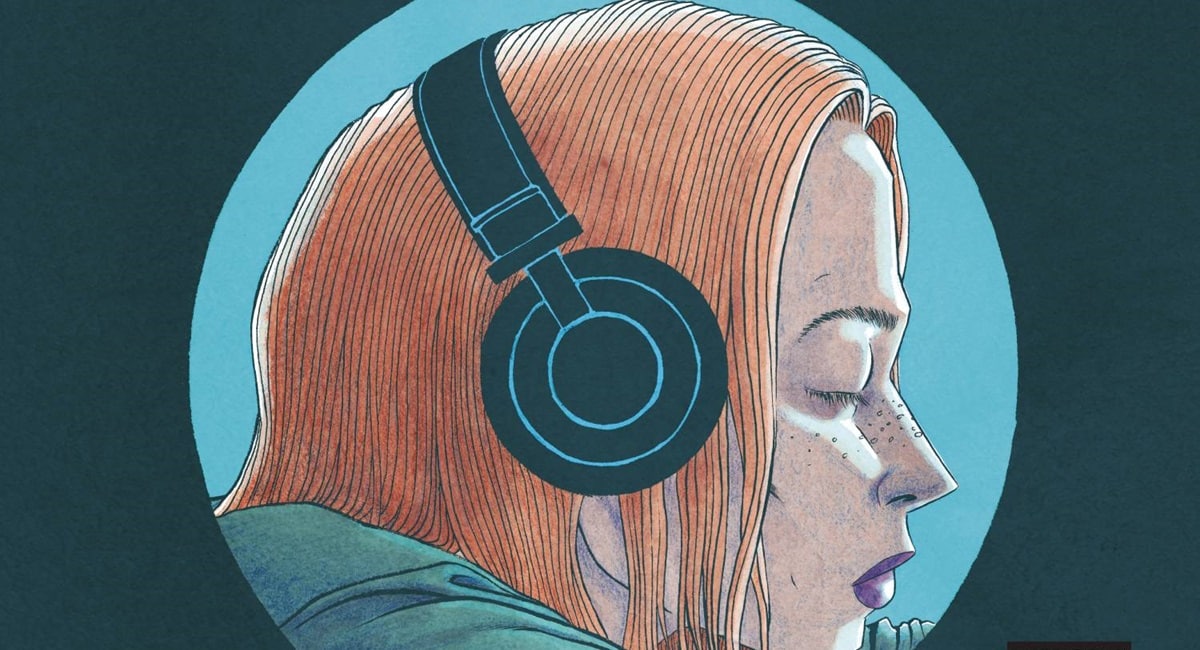
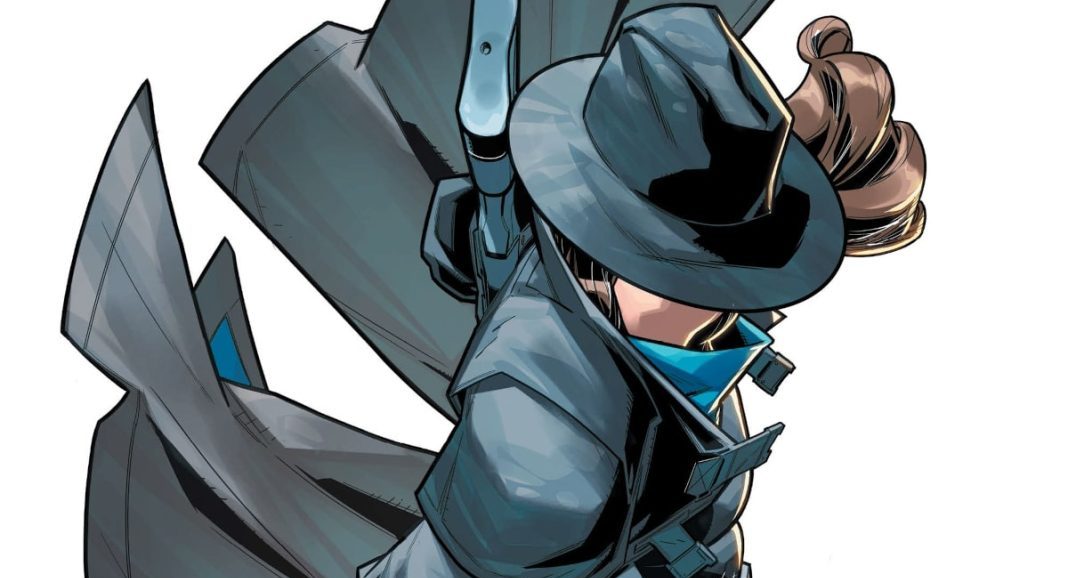
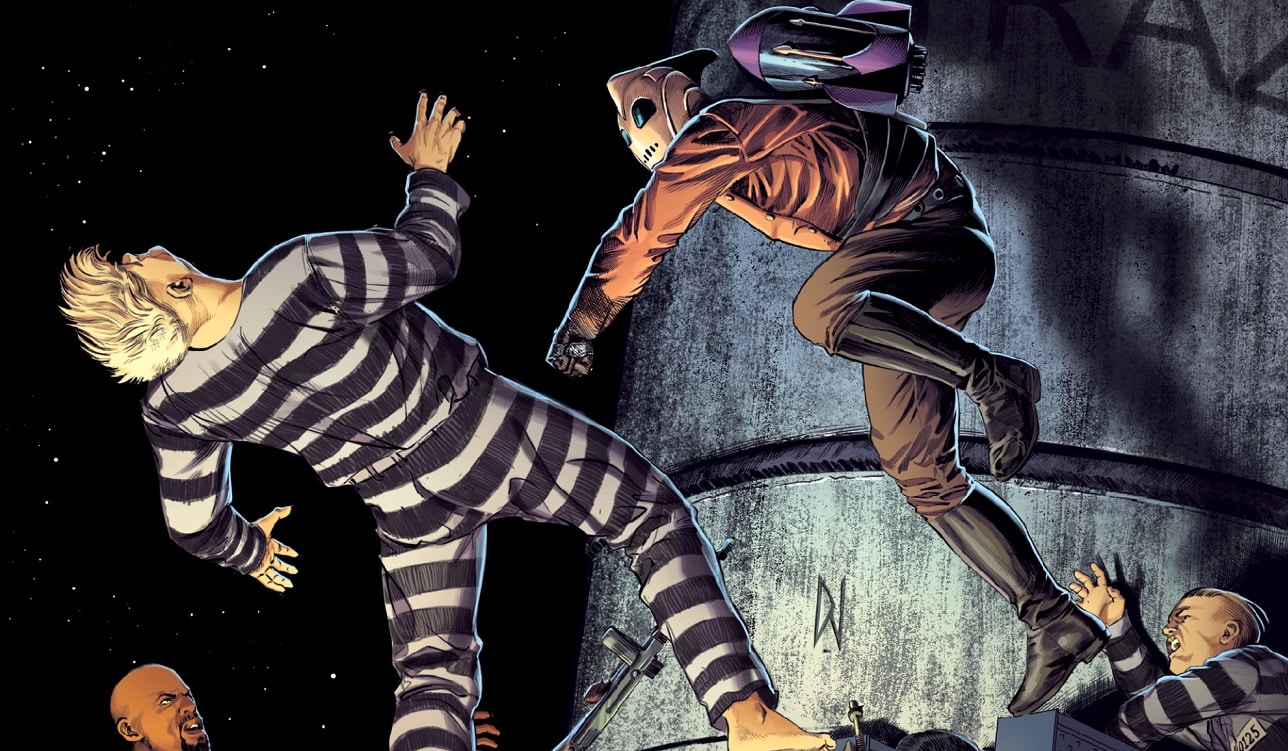












 English (US) ·
English (US) ·